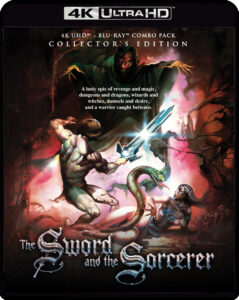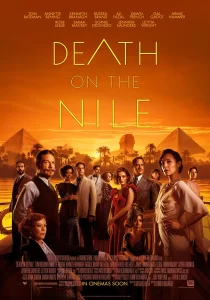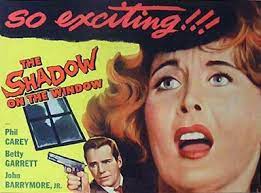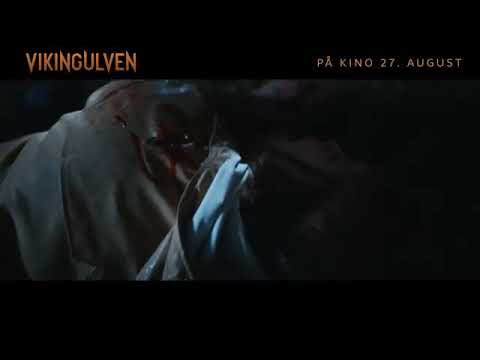Last week I purchased Shout Factory’s 4K Blu-ray release of 1982’s The Sword and the Sorcerer a low budget fantasy movie of warring kingdoms, evil sorcerers, and a muscle-bound hero there to set everything right.
Produced on a budget of just 4 million dollars and grossing nearly 40 at the box office The Sword and the Sorcerer was, despite perhaps cinema’s silliest sword design, a very successful  independent feature. Upon its release, I adored the film, not because it is great cinema, no one will ever count it among cinema’s masterpieces, but rather because no film before or since has captured so perfectly the mood and fun of an over-the-top Dungeons and Dragons adventure like this movie did.
independent feature. Upon its release, I adored the film, not because it is great cinema, no one will ever count it among cinema’s masterpieces, but rather because no film before or since has captured so perfectly the mood and fun of an over-the-top Dungeons and Dragons adventure like this movie did.
Yes, the film is a complete mishmash of culture from medical England to the middle east, yes, it had anachronisms galore, and yes, the characters exist only to move the plot along, but it is also fun. At a spare 99 minutes the movie doesn’t waste it’s time and for such a limited budget, even by 1982 standards, every penny they spent is up there on the screen.
This release, mastered in 4K from a fresh negative, and packed with bonus feature is a joy and I am quite happy to add it to my library.





